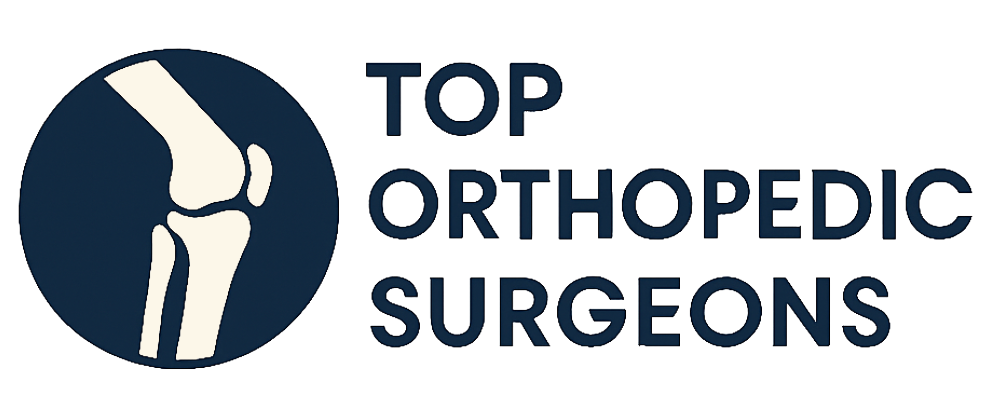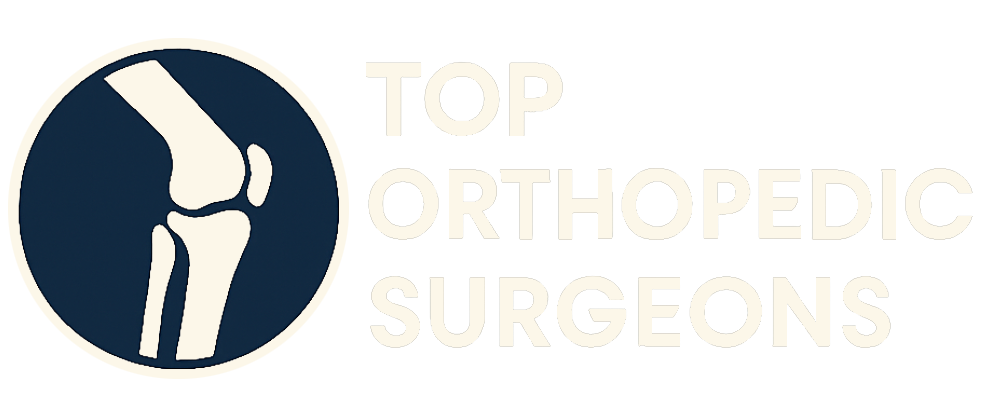Experiencing pain in the head is a common ailment that most people will encounter at some point in their lives. While some instances of head pain are fleeting and easily managed, others can be persistent, debilitating, and indicative of a more serious underlying condition. Understanding the potential causes, methods of diagnosis, and available treatment options is crucial for effectively addressing head pain and improving overall well-being.
Common Types of Head Pain
Head pain manifests in diverse forms, each with distinct characteristics and potential triggers. Recognizing these differences is the first step toward accurate diagnosis and targeted treatment.
Tension Headaches
Tension headaches are the most prevalent type of head pain. They are often described as a tight band or pressure around the head, frequently accompanied by tenderness in the scalp, neck, and shoulder muscles. Triggers can include stress, fatigue, poor posture, and dehydration. The pain is typically mild to moderate in intensity and does not usually involve nausea or vomiting. Over-the-counter pain relievers and relaxation techniques are often effective in managing tension headaches.
Migraines
Migraines are characterized by intense throbbing pain, often on one side of the head. They can be accompanied by nausea, vomiting, and extreme sensitivity to light and sound (photophobia and phonophobia, respectively). Some individuals experience an aura before or during a migraine, which may involve visual disturbances, such as flashing lights or zigzag patterns. Migraines can be significantly debilitating, interfering with daily activities. Treatment options range from over-the-counter pain relievers to prescription medications, including triptans and preventive therapies.
Cluster Headaches
Cluster headaches are severe, piercing headaches that occur in clusters, with multiple headaches occurring within a short period of time. They are typically located around one eye or temple and are often accompanied by symptoms such as a runny nose, watery eye, and facial sweating on the affected side. Cluster headaches are relatively rare but can be extremely painful. Treatment options include oxygen therapy, triptans, and preventive medications.
Sinus Headaches
Sinus headaches are often associated with sinus infections (sinusitis). They are characterized by pain and pressure in the face, particularly around the sinuses (forehead, cheeks, and nose). Other symptoms may include nasal congestion, fever, and fatigue. Treatment typically involves addressing the underlying sinus infection with antibiotics or decongestants.
Cervicogenic Headaches
Cervicogenic headaches originate from problems in the neck. These headaches are often caused by musculoskeletal issues, such as muscle tension, joint dysfunction, or nerve compression in the cervical spine. The pain typically starts in the neck and radiates to the head, often affecting one side more than the other. Physical therapy, manual therapy, and pain management techniques can be effective in treating cervicogenic headaches.
Potential Causes of Head Pain
The origins of head pain are diverse and can range from simple lifestyle factors to complex medical conditions. Identifying the underlying cause is essential for determining the most appropriate course of treatment.
Lifestyle Factors
Many everyday habits and environmental factors can contribute to head pain. Stress, dehydration, lack of sleep, poor posture, and caffeine withdrawal are common triggers. Addressing these lifestyle factors can often alleviate or prevent head pain.
Medical Conditions
Head pain can be a symptom of various underlying medical conditions, some of which require prompt medical attention. These conditions include:
- Head Injuries: Concussions, skull fractures, and other head injuries can cause immediate or delayed head pain.
- Infections: Meningitis, encephalitis, and other infections of the brain or surrounding tissues can cause severe headaches, often accompanied by fever, stiff neck, and altered mental status.
- Brain Tumors: Although less common, brain tumors can cause persistent or worsening headaches, often accompanied by neurological symptoms such as seizures, vision changes, or weakness.
- Vascular Disorders: Conditions such as aneurysms, arteriovenous malformations (AVMs), and stroke can cause sudden, severe headaches.
- Temporomandibular Joint (TMJ) Disorders: TMJ disorders can cause head pain that radiates from the jaw and face.
- Trigeminal Neuralgia: This condition involves intense, stabbing facial pain that can sometimes be mistaken for a severe headache.
Diagnosis of Head Pain
A thorough medical evaluation is crucial for accurately diagnosing the cause of head pain. This evaluation typically involves a detailed medical history, a physical examination, and, in some cases, diagnostic testing.
Medical History
The healthcare provider will ask detailed questions about the patient’s head pain, including the location, intensity, frequency, and duration of the pain. They will also inquire about any associated symptoms, potential triggers, and previous treatments.
Physical Examination
The physical examination may include checking vital signs, assessing neurological function, and examining the head, neck, and face for signs of injury or inflammation. A neurological exam assesses reflexes, strength, sensation, and coordination.
Diagnostic Testing
In some cases, diagnostic testing may be necessary to rule out underlying medical conditions. Common tests include:
- Blood Tests: Blood tests can help detect infections, inflammation, or other abnormalities.
- Imaging Studies: MRI (magnetic resonance imaging) and CT (computed tomography) scans can provide detailed images of the brain and surrounding structures, helping to identify tumors, aneurysms, or other abnormalities.
- Lumbar Puncture (Spinal Tap): A lumbar puncture involves collecting a sample of cerebrospinal fluid to check for infections or other conditions affecting the brain and spinal cord.
Treatment Options for Head Pain
The treatment for head pain depends on the underlying cause and the type of headache. Treatment options range from over-the-counter medications and lifestyle modifications to prescription medications and specialized therapies.
Over-the-Counter Medications
Over-the-counter pain relievers, such as ibuprofen, acetaminophen, and aspirin, can be effective for managing mild to moderate head pain. These medications work by reducing inflammation and blocking pain signals. It’s important to follow the recommended dosage and avoid overuse, as prolonged use can lead to rebound headaches.
Prescription Medications
For more severe or frequent headaches, prescription medications may be necessary. These medications can include:
- Triptans: Triptans are commonly used to treat migraines. They work by constricting blood vessels in the brain and blocking pain pathways.
- Ergotamines: Ergotamines are another class of medications used to treat migraines. They also constrict blood vessels but can have more side effects than triptans.
- Preventive Medications: Preventive medications are taken regularly to reduce the frequency and severity of headaches. These medications can include beta-blockers, calcium channel blockers, antidepressants, and anticonvulsants.
- Muscle Relaxants: Muscle relaxants can be used to relieve muscle tension associated with tension headaches or cervicogenic headaches.
Lifestyle Modifications
Making certain lifestyle changes can significantly reduce the frequency and severity of head pain. These modifications can include:
- Stress Management: Practicing relaxation techniques, such as deep breathing, meditation, and yoga, can help reduce stress and prevent tension headaches.
- Regular Exercise: Regular physical activity can improve overall health and reduce the frequency of headaches.
- Proper Hydration: Dehydration can trigger headaches, so it’s important to drink plenty of water throughout the day.
- Healthy Diet: Eating a balanced diet and avoiding trigger foods can help prevent migraines. Common trigger foods include caffeine, alcohol, processed foods, and aged cheeses.
- Good Sleep Hygiene: Getting adequate sleep and maintaining a consistent sleep schedule can help prevent headaches.
- Ergonomic Adjustments: Ensuring proper posture and ergonomics at work and home can help prevent cervicogenic headaches.
Alternative Therapies
Some individuals find relief from head pain through alternative therapies, such as:
- Acupuncture: Acupuncture involves inserting thin needles into specific points on the body to relieve pain and promote healing.
- Massage Therapy: Massage therapy can help relieve muscle tension and reduce stress, which can alleviate headaches.
- Chiropractic Care: Chiropractic care focuses on restoring proper alignment of the spine and joints, which can help relieve cervicogenic headaches.
- Biofeedback: Biofeedback involves learning to control physiological responses, such as muscle tension and heart rate, to reduce pain.
When to Seek Medical Attention
While many instances of head pain can be managed with over-the-counter medications and lifestyle modifications, it’s important to seek medical attention if you experience any of the following:
- Sudden, severe headache
- Headache accompanied by fever, stiff neck, or altered mental status
- Headache after a head injury
- Headache accompanied by neurological symptoms, such as seizures, vision changes, weakness, or numbness
- Headache that is progressively worsening or unresponsive to treatment
- Headache that interferes with daily activities
Don’t hesitate to connect with an orthopedic professional to help you understand your situation and ensure a healthy life. Understanding the nuances of head pain, from its potential causes to the array of available treatments, empowers individuals to take proactive steps toward managing their condition. By working closely with healthcare professionals and adopting a holistic approach that encompasses lifestyle modifications and targeted therapies, individuals can find effective relief and improve their overall quality of life.


